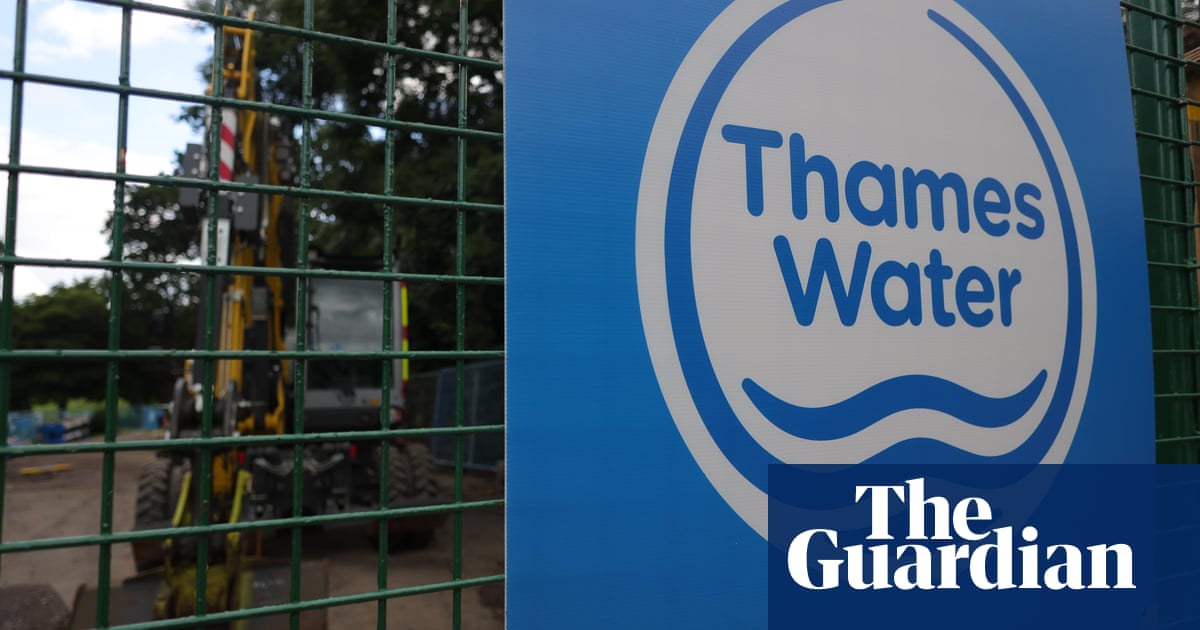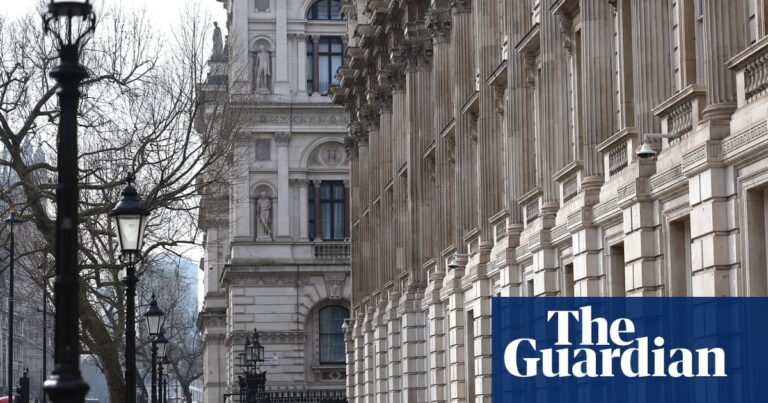
The water industry regulator has put Thames Water into unprecedented special measures, giving it extra scrutiny over the struggling supplier as it faces the prospect of a painful restructuring or temporary nationalisation.
Ofwat said on Thursday that Thames would be placed in a “turnaround oversight regime” and subject to “heightened regulatory” measures, meaning the company must regularly report on the progress of its investment plan. It is the first time a water company has faced such measures.
The regulator made the announcement as it published its draft review on English and Welsh water companies’ business plans which showed bills will rise by £94 on average in England and Wales over the next five years. The plans proposed sums which companies intend to charge customers between 2025 and 2030.
The review said customers of Thames Water, which is Britain’s biggest water company, will face a 22% increase in their bills over the next five years.
Ofwat said Thames would be allowed to increase bills by £99 to £535, £92 less than the company had proposed. Thames, which serves 16 million customers across London and the south-east, had asked the regulator to raise bills by 44% over the next five years.
The price review is seen as crucial for the future of Thames Water, which is creaking under £15.2bn of debt. The company said this week that, after the review, it would approach potential investors this autumn, before Ofwat’s final verdict in December.
Over the next five years, Thames has been tasked with reduce sewage spills by 64%, cutting leaks by 19% and reducing supply interruptions by two-thirds.
The regulator said: “Thames Water faces significant issues, and as it seeks to tackle them, our draft determinations will support a major investment programme but also subject the company to new, heightened regulatory measures.”
As a result of being put into the regime, Thames will have to provide a “delivery action plan” and regularly report on the progress of its spending programme. It will also have to provide a “financial resilience plan” and could be scrutinised by an independent monitor, who would be given full access to company information.
In order to exit the regime, the company could be limited in the amount of debt it can take on, separate the business into two or more companies or list the business on the stock exchange to secure extra equity.
after newsletter promotion
Thames revised an original £18.7bn spending plan submitted in October 2023 up to £19.8bn. Ofwat said on Thursday that it would be allowed to spend £16.9bn. Within that, more than £3.3bn is contingent on Thames proving it is “ready and able” to make the investments.
An important figure for water companies is the allowed rate of return, which has been set at 3.72%, below the 4.25% Thames had hoped for.
Thames Water has been contacted for comment.
Source: theguardian.com
















